How I started my own company?!
23 Jan 2019, Posted by in News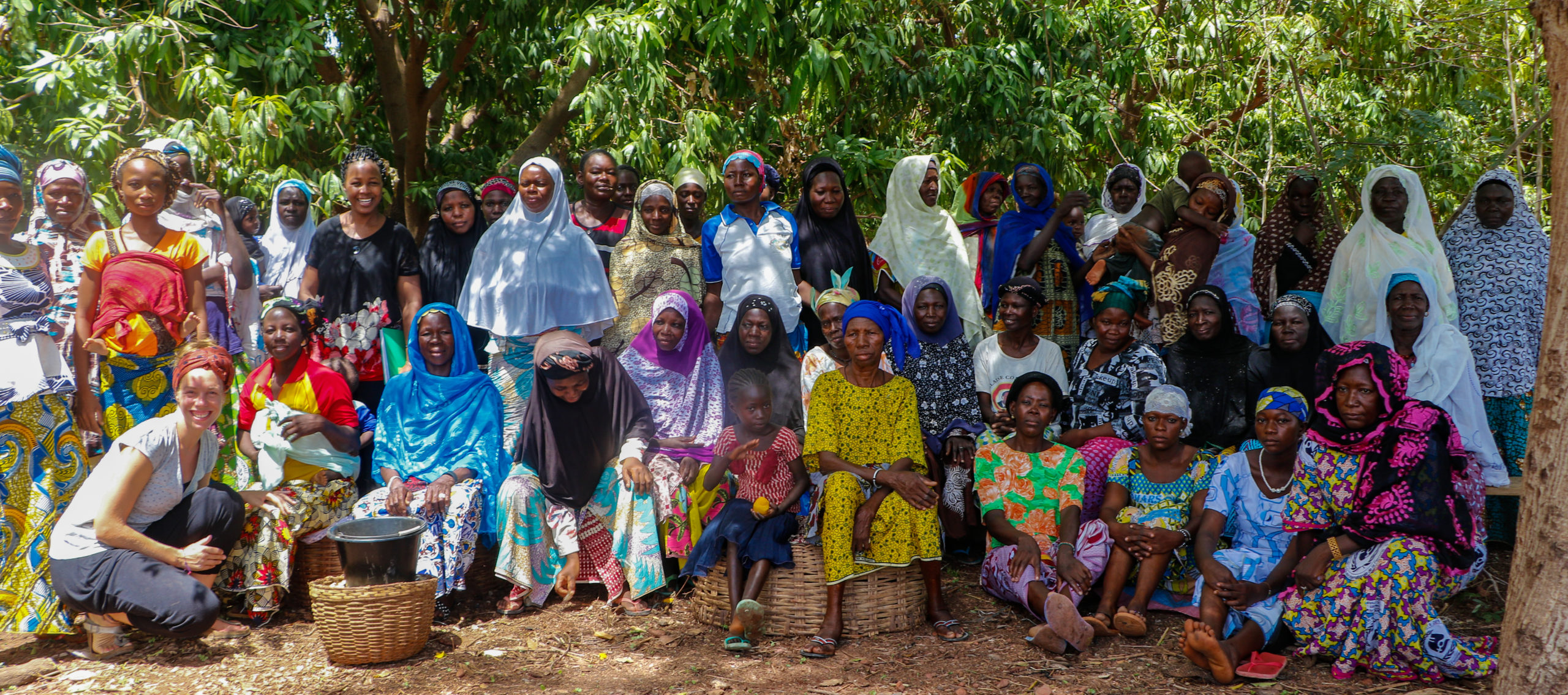
Originally posted February 27th, 2018 at The Nonmad
As you all know I have been NonMadding for some time now: I am a business owner and I spend quite some time on the road.
But a question I have had quite often is ´how did you get to start your own business and how do you work while on the road?´. So, here is a blog dedicated to that.
It´s important to mention that, first of all, I do not have everything sorted out either, it´s a ´learning while doing´ process. Secondly, each business is of course different, depending on what type of business, how you manage it, from where, etc. But still, here are some of my insights, maybe they will be helpful, maybe they won´t, but I for sure would love to hear about it from your side!
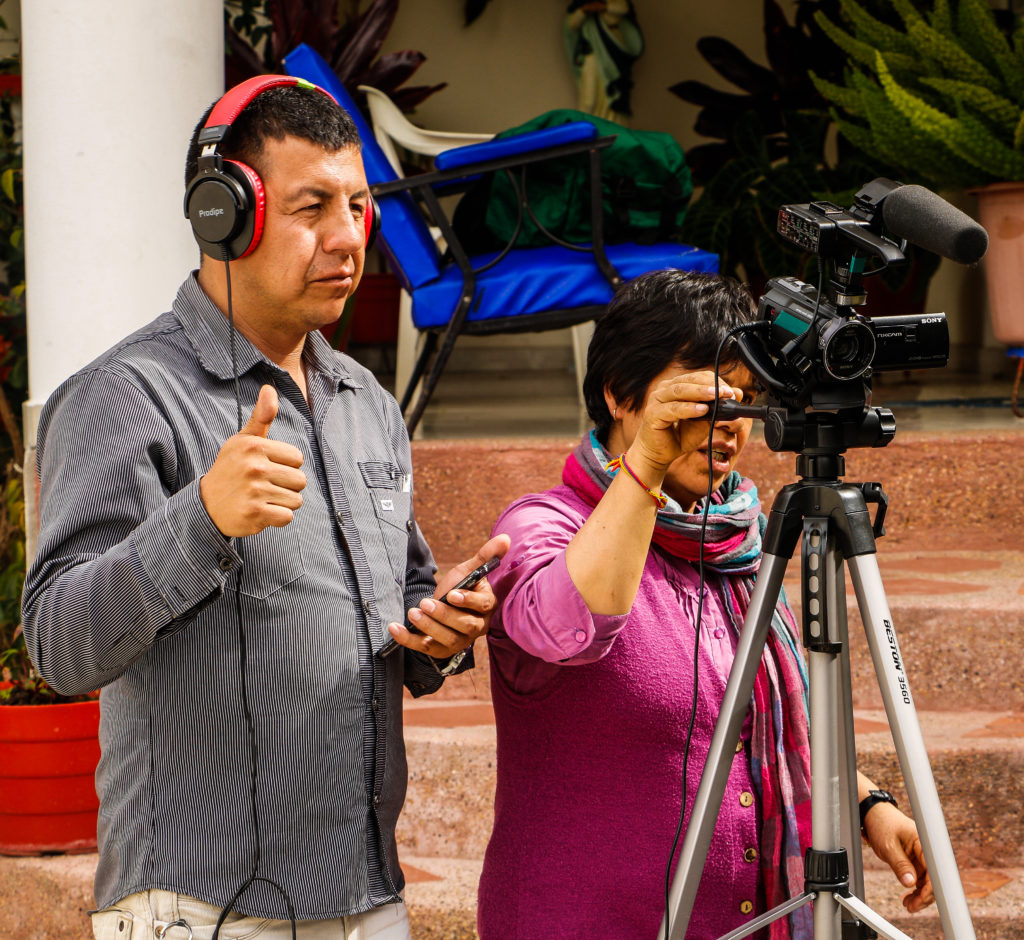
How to choose your niche?
I studied International Business Communications for my Bachelors Degree and continued on studying Intercultural Communications as a Masters Degree at the University of Utrecht, the Netherlands. During my masters I ended up writing my thesis in Ecuador, focussing on the use of communications between local NGO´s and smallholder afro-ecuadorian cacao farmers in the context of discrimination, racism, isolation and knowledge abuse (quite a mouthfull eh!, you can access the thesis here, it´s in Spanish though). Without knowing, I entered the world of Communication for Development (C4D). When I finished my thesis it was time to look for a job, and even though I was also looking at joining for-profit communication agencies, I noticed my attention kept on being drawn towards C4D. Quite unexpectedly I ended up working for an International Research Center for Tropical Agriculture (CIAT), which headquarters are in Cali, Colombia, with the Gender & Climate Change Research team, working with communications. I stayed here for a total of three years. Three years in which I got the chance to meet lots and lots of people, attend international events, work on international projects on different continents, present in conferences and webinars, etc. I could not have wished for a better start of my career and for a beter way to build my network.
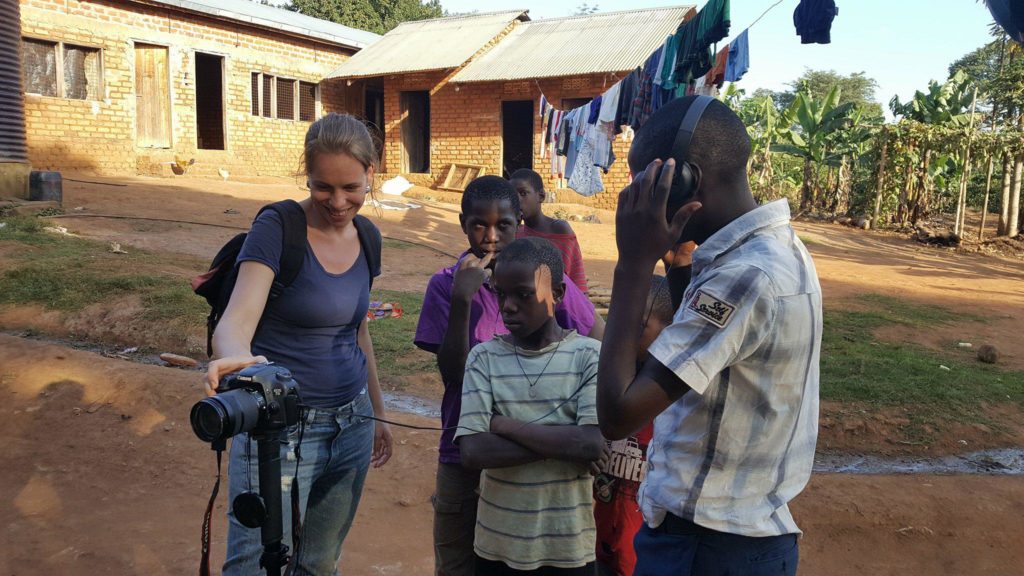
It was also here that I started exploring and investigating different kinds of Communication for Development tools. One of them really sparked my interest: Participatory Video. Basically (and you can read more about it on Sivin Communication´s website), in two weeks I teach a certain (often marginalized) group how to use a videocamera, how to write a script, a storyboard, interview, be interviewed, take shots and make a paper edit. The beauty of this is not only do we have a short documentary that portrays the actual proper message of this specific group, but we just gave a voice to those not always included in (inter)national debates and above all, it´s mostly about the process… how do they get to decide which is the main message, who to interview, etc. This gives loads and lots of context information, which is very helpful for, for example, research institutes wanting to understand the local context, NGO´s, etc. Also, I was very excited about how I saw this was such an empowerment tool for these groups as well. And basically the same goes for Participatory Photography, same concept, almost the same tool.
Anyways.. I loved this tool. Started investigating, taking courses, putting together methodologies, and after a year of trying to convince project leaders, we got a pilot project in Nicaragua. From there on, we have been writing and publishing articles, designed a freely accessible e-course, presented on international conferences, reshaped the methodology to become gender-inclusive, etc. etc. And then, it was time to leave this organization and start on my own.
See a little animated video that I made to explain the concept
I had seen and noticed that there was definitely an interest for Communication for Development (or Communication for a Social Change), with participatory methods, inclusive tools and above all, a specific gender focus. I also knew that there were very few companies offering this. And above all, I knew I was very, very passionate about this. So I did not have to think a single second what I wanted to work in, and what my niche was going to be.
Is it necessary to have such a specific focus? That entirely depends, I thought it would make me stand out between all the communications agencies. Also, I knew that I was going to work internationally, and thus, literally the whole world would be my competitor. It is therefore that I decided to have a very, very specific niche. Again, if you are working within a specific geographical context, than that could be your niche already.
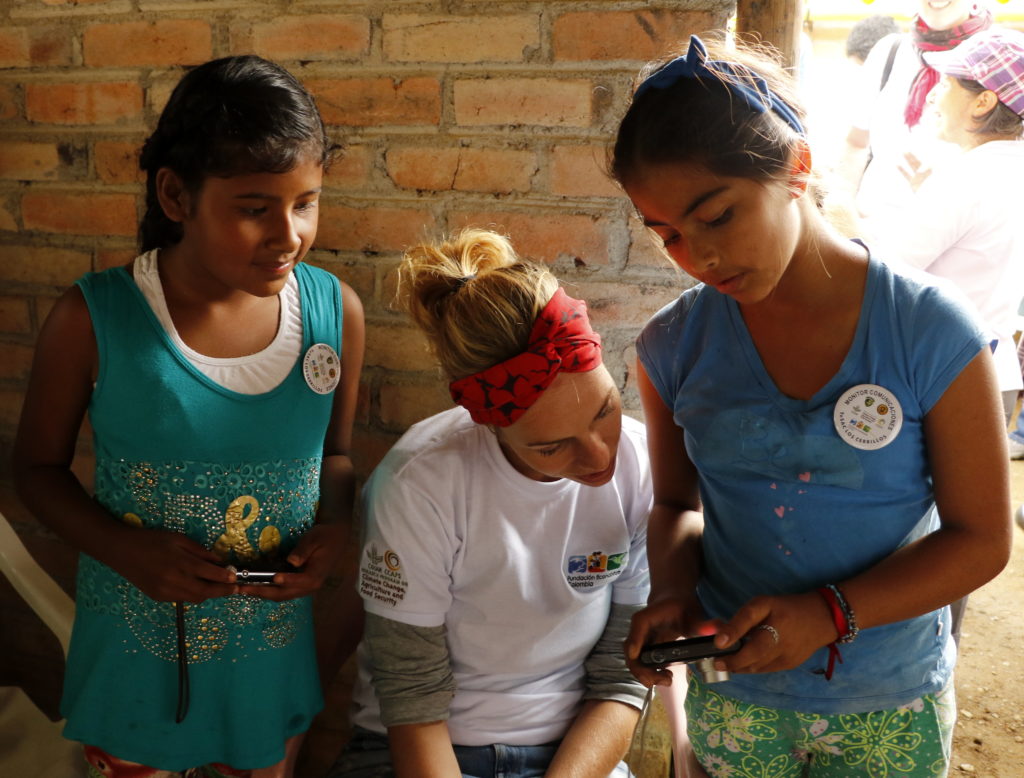
What happens after the idea?
HA, that is a great question. Again, I decided that I could not just focus on Colombia, the market would be too small. So it was time to think of a business plan. Now, I know people are for or against business plans, and strategies, for whichever reasons. But for me it really helped sitting down and thinking through what I wanted, what I needed and how I could make it work.
One of the first things I had to think about was whether I was going to do this alone, or find a business partner. Since I was based in Colombia, was going to focus on an international market and also knew that maybe in time I was going to move back to Europe, this was a difficult question for me. I noticed that finding a Colombian business partner was a bit tricky. Communications is sometimes still seen as a bit more of the publications type of tool. Also, I knew basically the first year I would not really be making a massive income, and was hoping for someone with a part-time job, something that is not very standardised yet in Colombia. And of course, what would happen if I wanted to move back to Europe? But same went for finding a Dutch business partner, I was still living in Colombia, and would it be wise to set up a company while being 7 timezones apart? However, this is definitely something to consider. Either way has it´s pro´s and con´s, but in the end, I decided to start this off by myself.
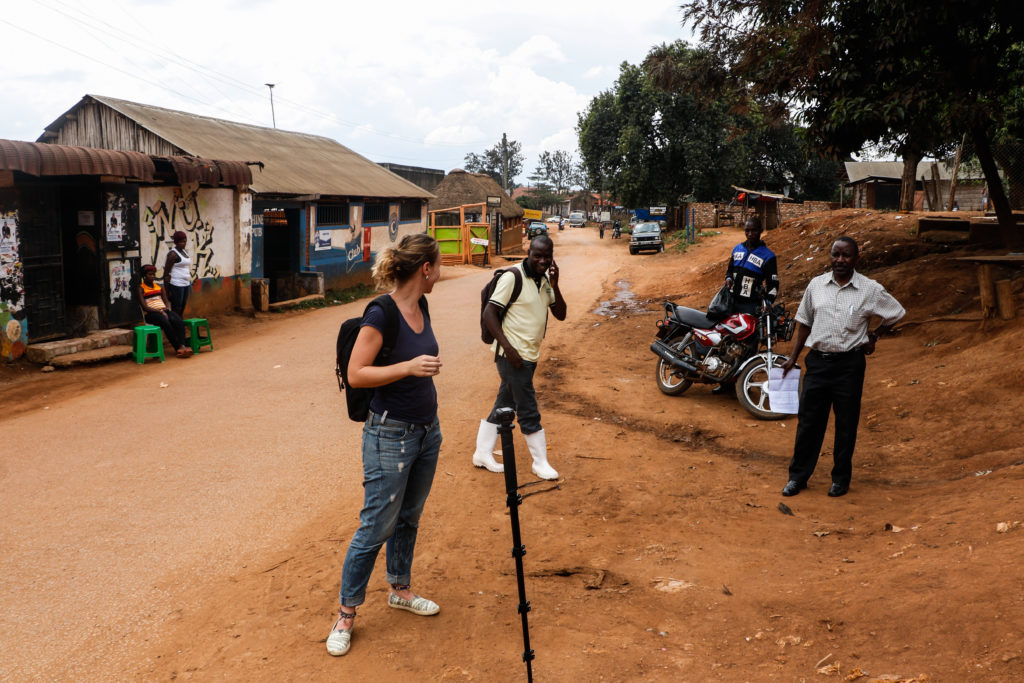
That said, now, almost two years down the line, I notice myself in need for someone to brainstorm with, the share thoughts with, to network, someone that fills up my gaps and complements my strenghts. This is why recently I have started looking for a business partner, using my networks. And all of a sudden, finding the right people, the geographical location did not matter that much anymore. I guess it all depends on how you feel the ´click´. When finding a business partner, you should think of someone that has the same work ethics, that shares your drive and passion for what you are doing, and above all, whose qualities are there, where yours aren´t. For example, even though I love writing this blog, I don´t consider myself a great writer. I really don´t like the financial and administrative aspect of having a company and tend to sometimes be overly excited and enthusiastic and kind of loose eye for detail.
So, I started looking for people with exactly those qualities, but.. also people that are used to having colleagues in other continents and having Skype calls, that have part-time jobs or gigs to financially sustain theirselves and therefore not completely depend upon Sivin Communications just yet, people with the balls to try this out.
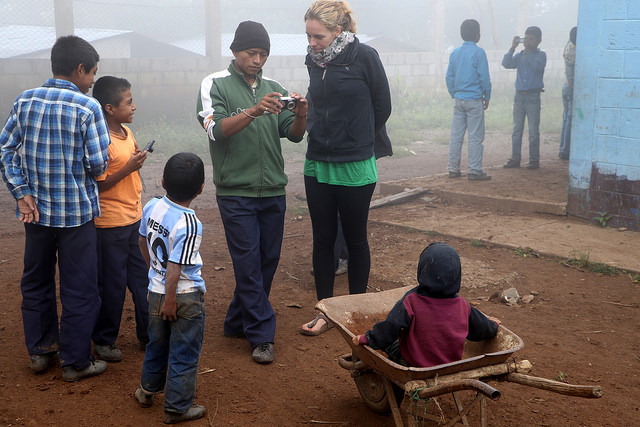
After you´ve written the business plan?
So, actually, I had no idea how to write a business plan, so I spend loads of time searching examples on google and Pinterest. Seeing what would work for my specific business, etc. So, just start it, start writing and plotting down ideas, it will start making sense at some point. I promise.
After this, it was time for me get my first things in order before officially launching. I subscribed myself with the Chamber of Commerce in Cali, Colombia. Even though I am a Dutch national, I actually haven´t been registered as a resident there for quite some years, so I wasn´t allowed to subscribe myself in the Netherlands, so Cali it was. I have to say, rules and everything is pretty complex, and eventhough my Spanish is near to native now, the way things are written down are not for the normal people. In the end I manage to subscribe my company as a person basically, this would help me a lot with the first two years in taxes. Colombia tries to help those individuals with a nice idea so that they can start pretty cheaply the first two years, and afterwards expand. So, I was not allowed to have any fulltime employees (which I did not have anyways) and I was working from my home (which was my plan anyways). However, this is different from country to country, so best would be to start your own research on the big world wide web, ask friends, visit discussion fora, or above all, visit your national chamber of commerce, and they can explain you and advise you on all the legal stuff that comes with registering a company.
After this, I had to make a website. Now, this was the part where I was nervous ánd excited about. I am a communications specialist and I like beautiful things 
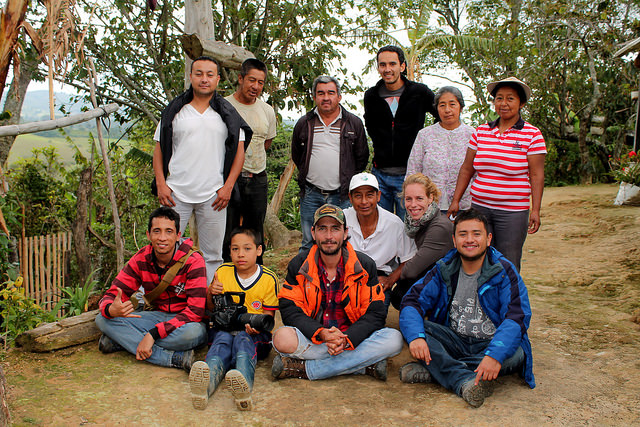
Launching your company
And then… 1st of March 2016, it was time to launch it. I had written social media messages, as well as personal messages to all my contact through my former job. I had created a Facebook page and the replies were great! Nothing could stop me know…!!
Other than… nothing really happened afterwards.
And this has been one of the hardest things for me, I am a quite impatient person, I want things to happen quickly and I sometimes lost a bit sight of the fact that things wére happening, just not as fast as I wanted to. Thing is, projects like these are quite big, they take time to be approved and designed. Over the first year I had lots of Skype calls, I put together proposals and ideas, wrote about my services, published on social media, but a reply I often got was ´I will share with my colleagues´, ´It sounds great, but right now we don´t have the budget´, ´I will keep it in mind for next year´, etc. And this sometimes did not motivate me very much. By the end of the year I got my first bigger project however, and last year (the second year of Sivin Communications), things have been flowing a bit more (see here for a little 1 year anniversary recap I made)
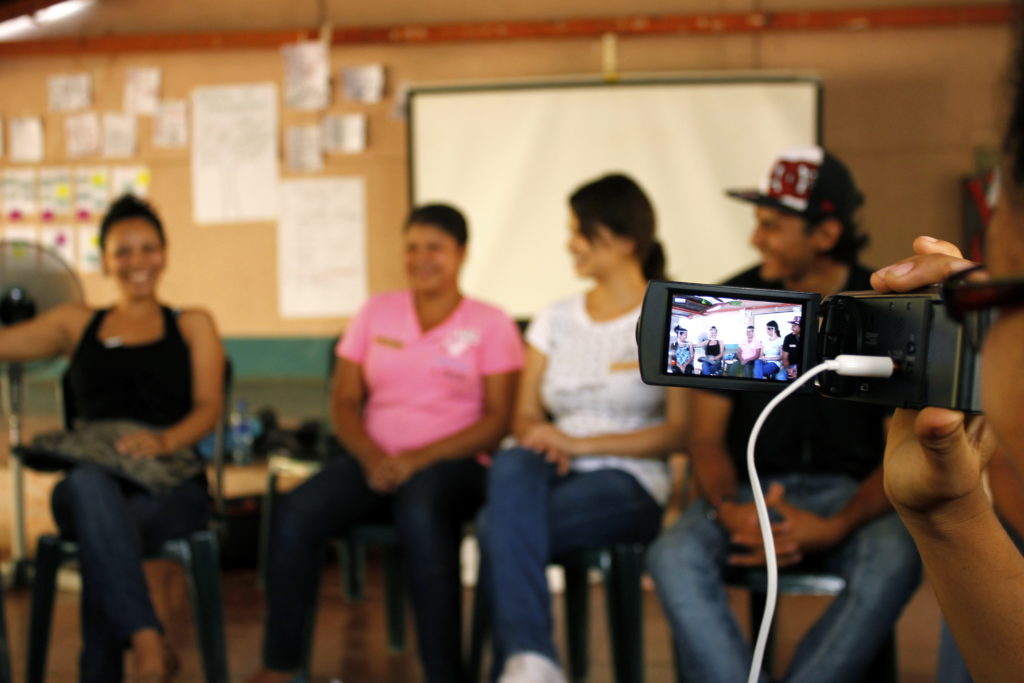
50%, 100% or 150%?
After the first year I noticed that, even though I was willing to put in 150% of my time and energy for Sivin Communications, I was not able to financially sustain myself. And this stress and pressure made my creativity and motivation go down, I was wondering whether it was time to give it up It is therefore that I started doing part-time communication consultancies related to gender and agriculture again. This was actually the best thing I could have done, it made me enter ´the picture´ again, I had the chance to engage with colleagues and other people, and tell them about my company. And of course, when the real pressure of ´having to have a project´ was gone I felt a lot more relieved, motivated and willing to spend all of my free time on Sivin Communications again. And of course, this is where things really started flowing.
How do I ´find´ my clients?
There are lots of bad things to say about social media, but when you are starting a company, I just love it! Especially LinkedIn is just so great! I am part of specific groups that are related to my niche, for example the one for Participatory Video, one for C4D, etc. Here I can share, read and discuss with those that are working on the same topics, and if I have something to share, I know for sure I reach those that are interested. But also outside of these specific groups I love scrolling through my ´wall´ and see what other people in my network are sharing. Almost every day I find something super interesting. And by placing comments and engaging I meet exactly those people I am interested in meeting.
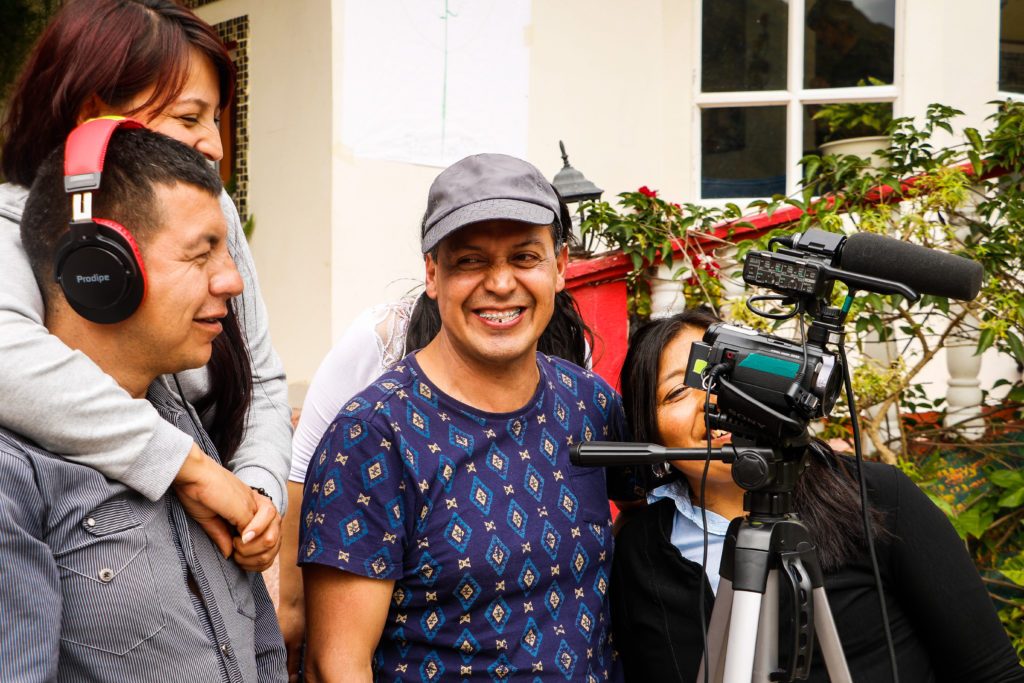
I also sometimes type words into google and email people that have blogged or written articles about the topics I work on. Everyone loves receiving an email from a stranger (me in this case) saying that they love their work and whether they would have a minute to talk about it.
Furthermore, as I said before, I had quite a big network to start of with, which extended to (inter) national NGO´s, governments, research institutes, universities, UN organizations and everything in between. This network has been amazing and really has been the real way I have gotten my clients. Somehow, they were all part of this already existing network at some point.
Finally, I meet people. Randomly. On planes, buses, while playing sports, etc. I am quite an extrovert person, so I have never really had any trouble talking to strangers, or meeting people, and of course quite quickly the question ´and what do you do?´ comes up, and I get to talk about Sivin Communications
The financial aspect
HA!! I knew you all were waiting for this one. Questions we all have are ´How much savings do I need to make the step from fixed job to entrepreneur?´´ How do I deal with not having a fixed salary?´, ´How much should I charge?´´How does it work with pension funds?´
So, again, I do nót have the magical answer. Sorry. It completely and entirely depends on your situation. When I made the switch, I was single (Thomas came swooping in about 2 months after I started my company), I had a rented house in Cali, Colombia and three cats. So basically, I had no responsibility for a family, I was living in a very cheap place (my monthly rent was 200,- and I counted that I could live on a max 1000,- USD a month budget). Also, when I started my company I was still finishing up a couple of months consultancy which I knew would give me some steadiness for the first couple of months. I had about 2000USD of savings (not a lot).
However, when you live in Amsterdam, have a mortgage and two young kids, maybe you want to be a bit more on the safe side and save up a little more.
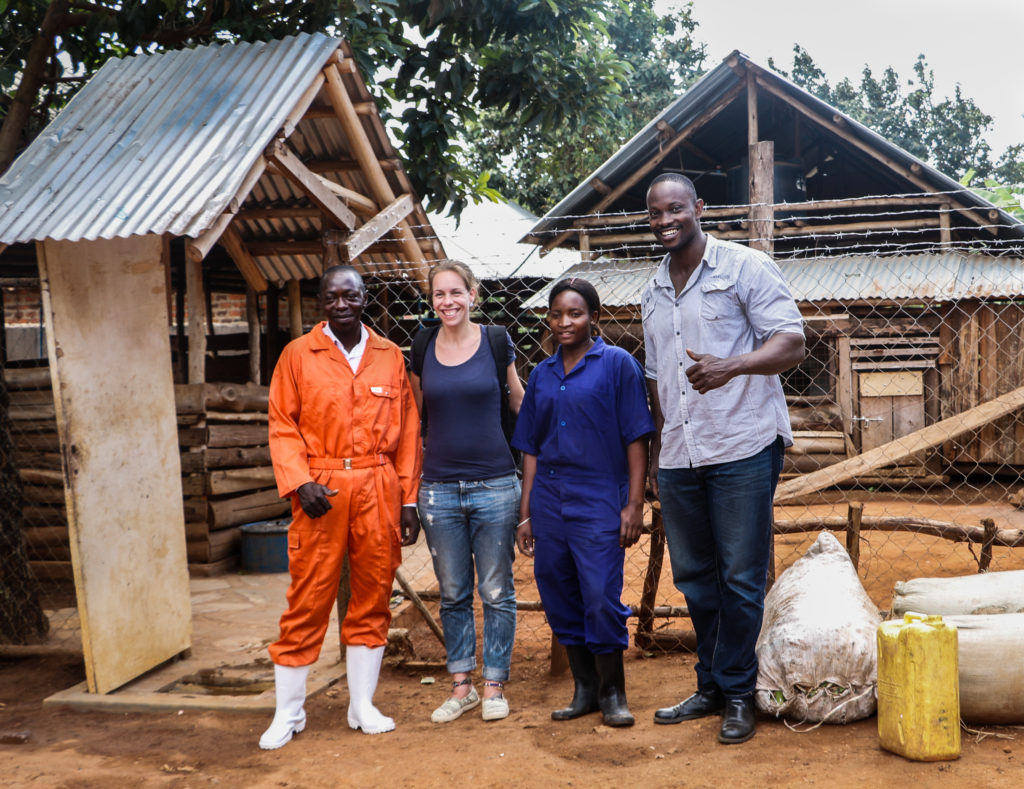
 (Photo: Sivin Communications/ILRI)
(Photo: Sivin Communications/ILRI)
So yes, that is how I did it. Actually, the moment I started my company, I took my old car, sublet my apartment (with cats haha) and started venturing off on a little ´nonmadding, working on the road´ adventure down the south of Colombia, Ecuador and Peru. After this, I joined Thomas for 2 months cycling through Morocco and Europe. Many people asked me whether financially this was the best thing to do when starting a company. Again, no real answer, the only argument I had for myself was: as long as my living on the road is cheaper or equal to living in Cali, paying rent and living a normal life would be, I can keep doing it. And granted, camping and cycling is a pretty cheap way of living 
Now, retirement funds you ask me. Eeeeh yeah.. so… I don´t really do organized retirement funds. Of course I have the ones that I have saved during my organizational working in the UN system for three years, but since I quit two years ago I have not set up a formal pension savings fund. This also depends, I have never actually worked in the Netherlands, so I am not entitled to any pension governmental help by the time I hit 67 (or who knows what age it will be by then), so everything really has to come from my own savings. However, I do set aside some money every month. And in the end, of course not until I am 85, but I am hoping that by the time I hit 67, I still wánt to work some days a week on what I am doing.
Yes, I know some of the older generations will be reading this part of the blog and be like ´you absolutely did not think this through very well, poor girl´, but believe me. I did 
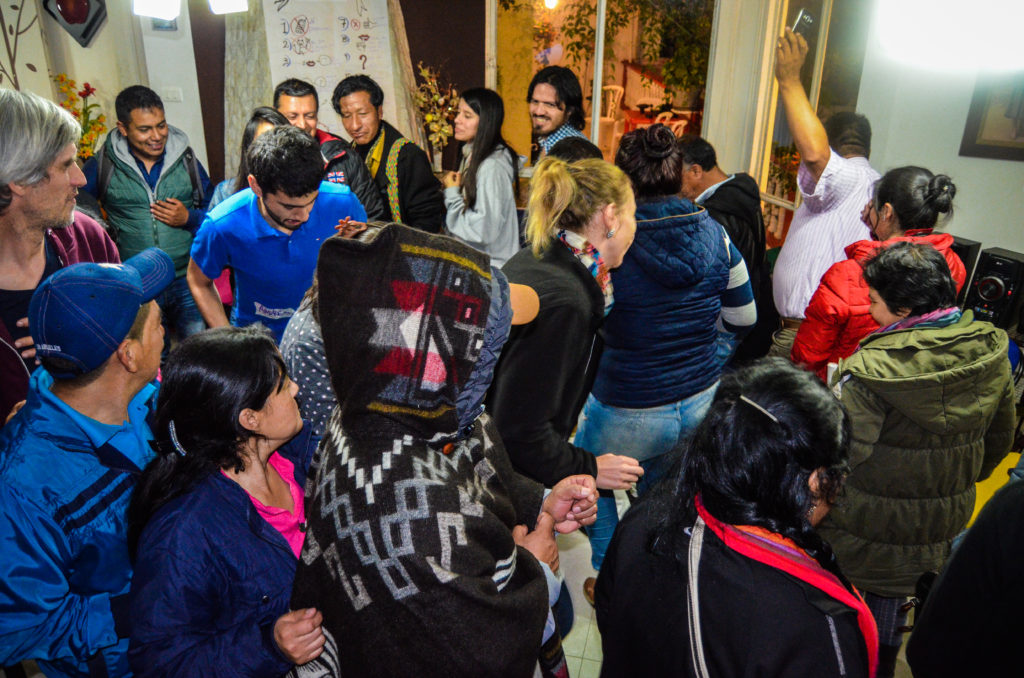
How much should you charge for your work?
This again, sorry to not be much of a help, I cannot give a straight answer to. I tend to work with daily fees, but the fee depends on whether I have to use my own equipment (such as camera) and thus pay for the replacement, insurance, etc.; whether I need to use special programs that I need subscriptions and their respective fees for; whether it includes field work, and where. I do always use US dollars for my fees and proposals though. Again, because I am working internationally, I have found the USD to be the most steady valuta. But when you are based in Europe, it might make more sense to charge in Euro´s, or Australian Dollars, or British Pounds, or whatever.
How to budget for what you need? I started with a very small budget. I knew I needed my computer and inscriptions to different programs. However, I have noticed that you should also budget for, for example, co-working spaces (if that is where you want to work in), shared offices, or even a daily coffee in your coffee cafe, investment in equipment and insurance, etc. Furthermore, I am very, very bad at the whole financial aspect of running a business and will need help with a specialized accountant for this. You might need someone to help you with building your website, your social media strategies, etc. Budget for these things!
Something I have definitely learnt is that in the end it is so much better to put some money aside and have someone help you. It will be done better, it will save you a lot if time, stress, tears and anger; and after all… you are offering a service yourself, so why not help other freelancers and entrepreneurs with their projects?
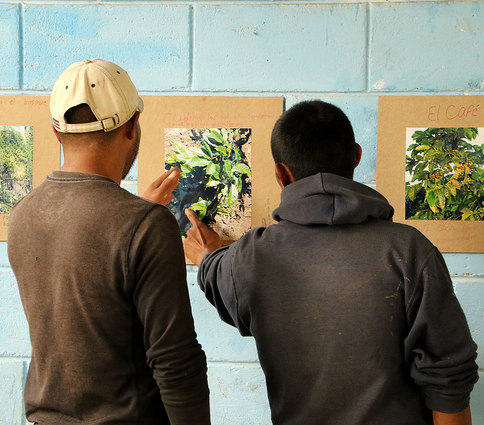
And now what?
So yes.. actually… after two years, it is time to make a change! I already mentioned that I have been looking and talking with potential business partners. Also, we are actually leaving Colombia and moving to Spain in 2 months. Lots of changes!
And basically, I kind of have to start again. I am trying to figure out the different business entities, Spanish rules, how I can move from a 1 person business to an official entity. Furthermore is it time to rethink my business plan and change my short term business strategies. I have found new technologies and ways to even more specialize my niche and my network has been growing.
Something I have been able to try out last year for example is the use of 360 degree video technology, and I just feel that this is something I want to work more with (see here for an example of the work we did). Something else I got the chance to learn more about is Design Thinking together with this cool organization InsightShare (read about it here)
Something else I am putting together is a roster with capable and like-minded freelancers. In case bigger projects come along, I can tap into this network of people that I trust and that I know their work is of great quality.
And other than that, I keep on using social media, engaging with people, taking online courses, listening to podcasts (I love this one for creative entrepreneurs ´Being Boss´), presenting my work at webinar (such as this one organized by the GFAR), etc. Everything to stay in the picture.
So… what do you think? Useful? Are you ready to make the leap? What are your challenges, ideas and solutions?
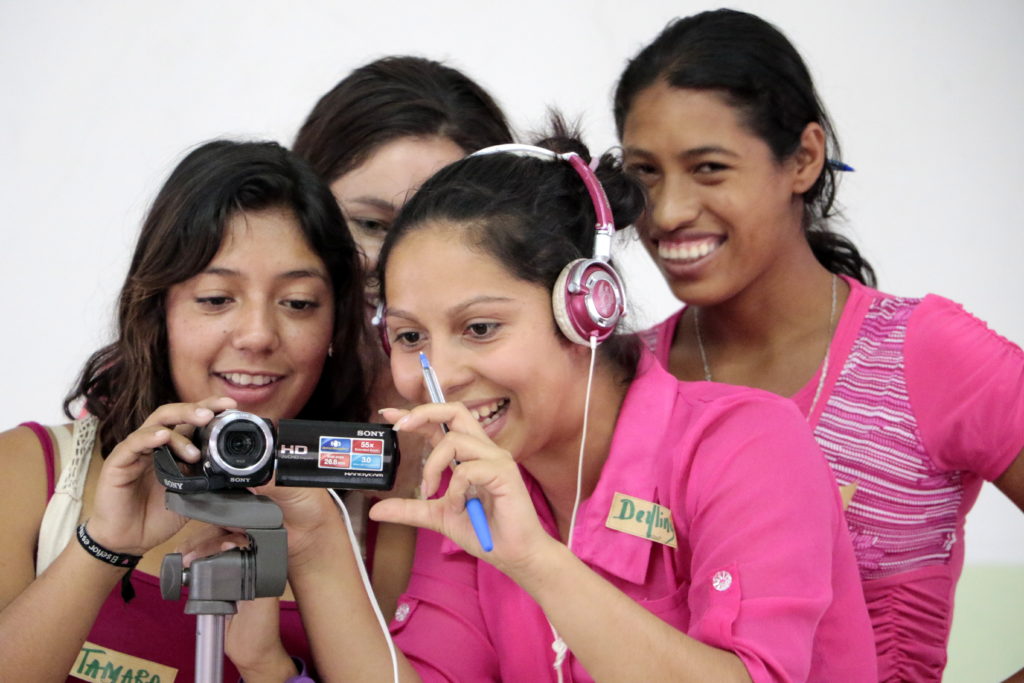
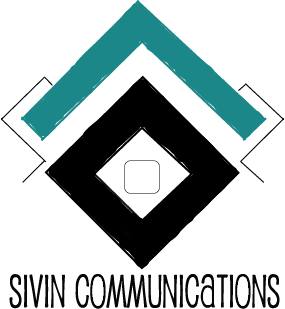
Way cool! Some very valid points! I appreciate you writing this article and also the rest of the website is really good. Mildred Hillie Mathur